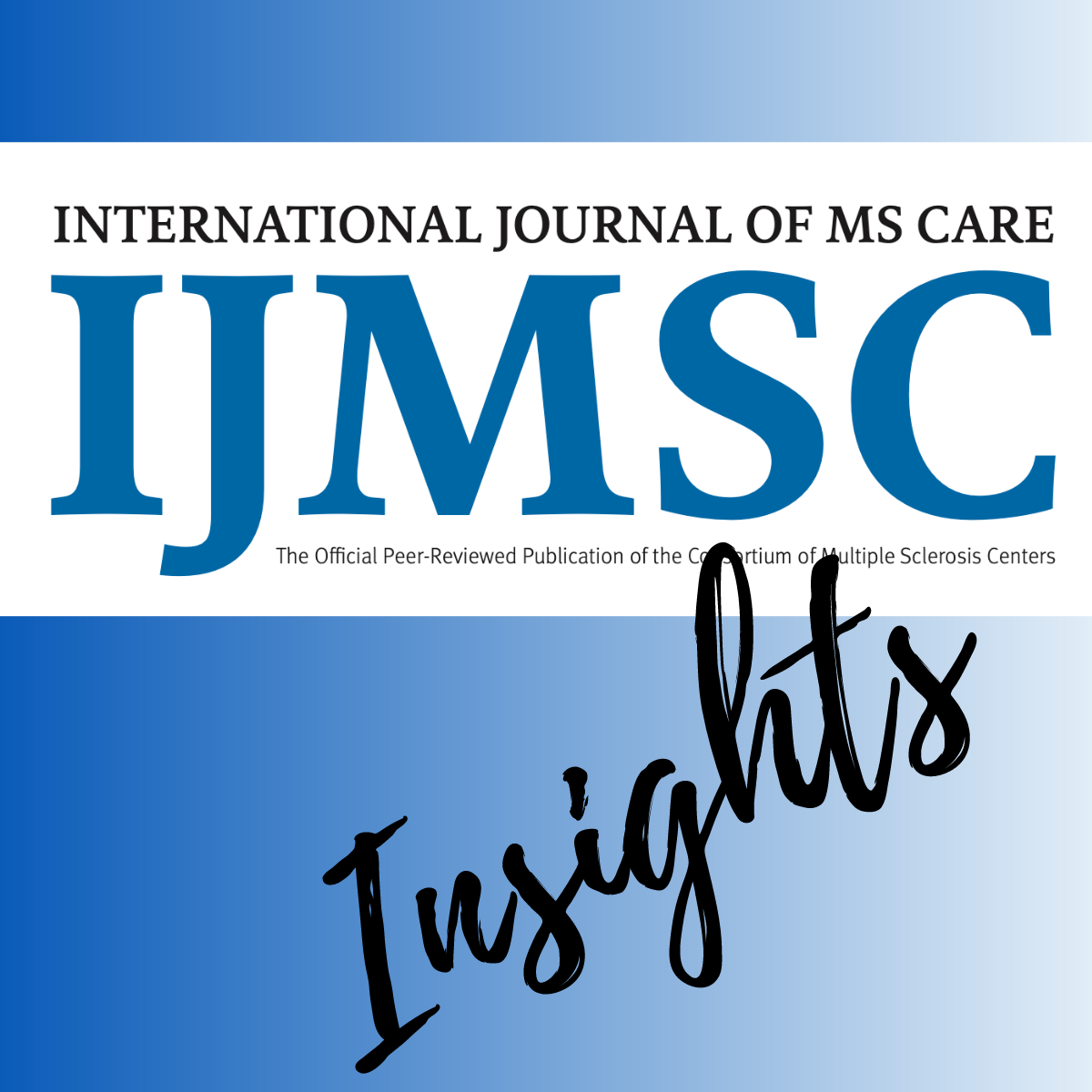News
Article
UMass Commences Dosing for Ongoing Phase 2 Trial of CAR T-Cell Therapy in Nonactive Secondary Progressive MS
Author(s):
Key Takeaways
- The phase 2 trial of foralumab targets naSPMS, focusing on safety, tolerability, and microglial activation changes through PET scans.
- Intranasal administration of foralumab aims to enhance compliance and outcomes compared to intravenous dosing, especially for fatigued patients.
The phase 2 trial, spanning across 4 sites in the United States, evaluates dose-dependent safety, tolerability, and microglial modulation of foralumab in a cohort of nonactive secondary progressive multiple sclerosis.
William A. Clementi, PharmD

Dosing for an ongoing phase 2 trial (NCT06292923) assessing Tiziana Life Sciences’ foralumab, an investigational anti-CD3 monoclonal antibody, has begun at the University of Massachusetts (UMass), marking the fourth such site enrolling patients for the trial. This blinded, placebo-controlled trial testing the agent in patients with nonactive secondary progressive multiple sclerosis (naSPMS) is expected to conclude by the end of 2025.1
This phase 2a, dose-ranging study, conducted across Brigham and Women’s Hospital, Yale Multiple Sclerosis Center, Johns Hopkins University Autoimmmune Center of Excellence, and now UMass, primarily assesses the safety and tolerability of 50 ug/dose and 100 ug/dose of foralumab nasal compared with placebo. Investigators will also assess change in microglial activation through PET scans across the 12-week treatment period.
Throughout the 3-month treatment period, patients will undergo 4, 3-week cycles of either foralumab or placebo. Following that, patients will be eligible to enter an open-label extension, which will continue to test the long-term safety and sustained benefit of foralumab for an additional 6 months.
"We are excited to add UMass as a clinical site in our Phase 2 trial. The increasing the number of premier institutions participating in our study reflects great enthusiasm within the scientific and medical communities for intranasal foralumab as a potential treatment for patients with nonactive SPMS," William A. Clementi, PharmD, chief development officer at Tiziana Life Sciences, said in a statement.1 "We remain committed to advancing this important research as we work toward a much-needed new treatment for this underserved patient population."
To qualify for the study, participants must be 18-75 years old with a confirmed diagnosis of naSPMS for at least 2 years and meet the 2017 McDonald criteria for MS. Patients must have an Expanded Disability Status Scale score of 2.5-6.5, MRI findings consistent with MS, and show disability progression despite at least 2 years of standard-of-care disease-modifying therapies. Key lab values must fall within specified ranges, and women of childbearing potential must test negative for pregnancy prior to treatment.
Clementi added, "Intranasal dosing allows foralumab to be administered at home. Our hope is that this improves compliance and outcomes versus more commonly seen intravenous dosing which can be a burden on a patient population who suffer with fatigue, and who would normally need to attend a clinic."1
READ MORE: Non-P42 Binding May Predict Relapse in Pediatric MOGAD, Study Shows
Intranasal foralumab, an innovative treatment, is designed to bind to T-cell receptors and dampens inflammation by modulating T cell function, thereby suppressing effector features in multiple immune cell subsets. Patients who were not eligible for the ongoing phase 2a trial may be evaluated in Expanded Access (EA) program, which was recently increased to a cohort of 30 patients. As of July 2024, 10 patients with naSPMS were dosed in this open-label intermediate sized EA, all of whom either improved or showed stability of disease across 6 months.2
At the 3- and 6-month follow-ups of the EA, 83% (5 of 6) of treated patients showed attenuated (F-18)PBR06-PET signals in multiple brain regions, indicating decreased microglial activity. These data, presented at the 2024 American Academy of Neurology (AAN) Annual Meeting, also revealed stable EDSS scores and improvements in the Modified Fatigue Impact Scale. Furthermore, white matter z-scores were reduced by 26%-36% at 3 and 6 months, respectively, which was at least 4-5-times higher compared with the 6% variability observed in the test-retest group.
More recently, data from the EA helped identified several key immune biomarkers that play a role in the progression of naSPMS. Announced in late January, the findings revealed modulated biomarkers containing FoxP3 regulatory cells (Tregs), CD4+ and CD8+ central memory T cells, CD14+ and CD14- monocytes, and naïve B cels. Overall, the data highlighted the potential of nasal foralumab in modulating critical immune pathways and offered new insights into its clinical effects.3




